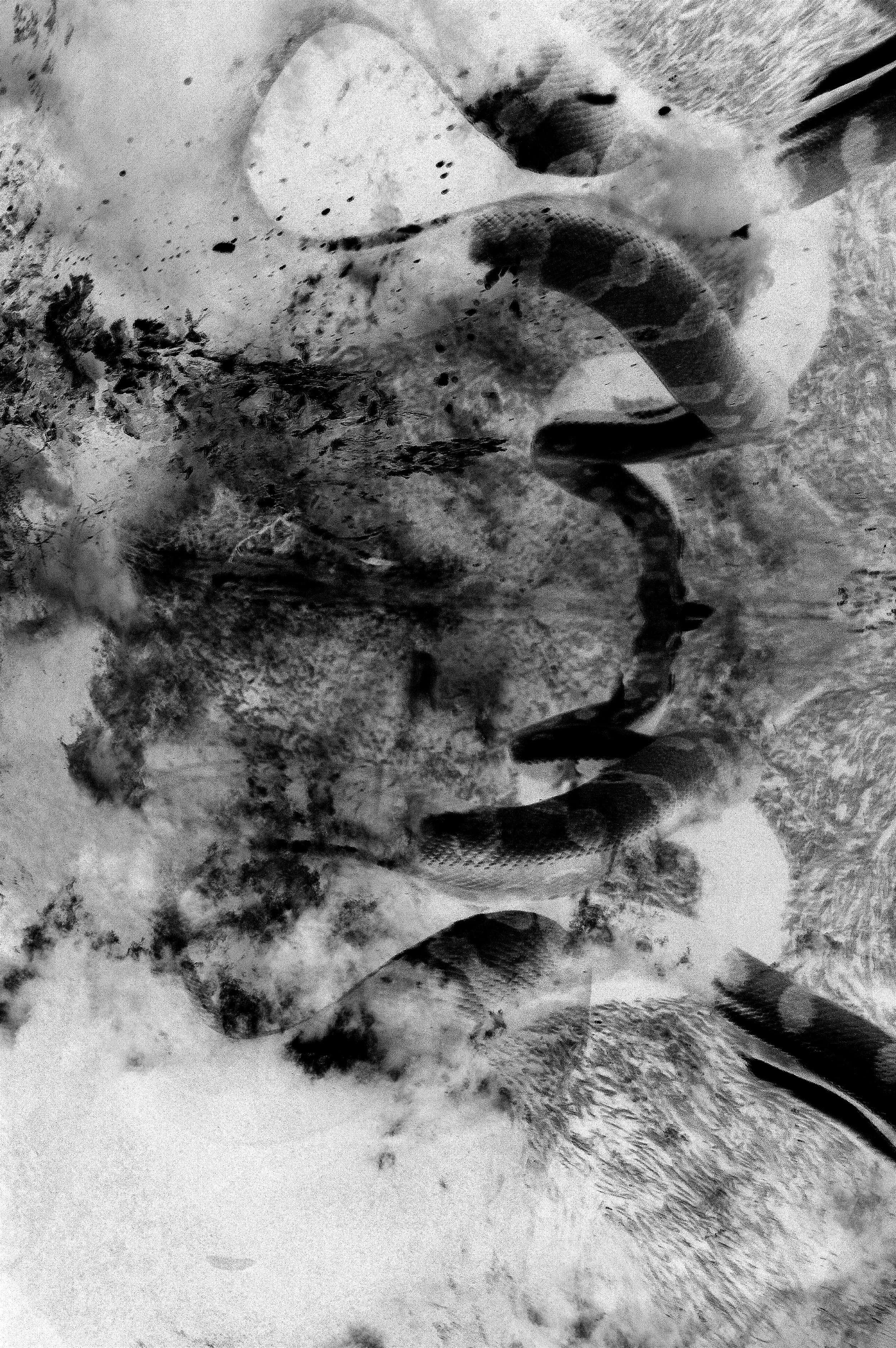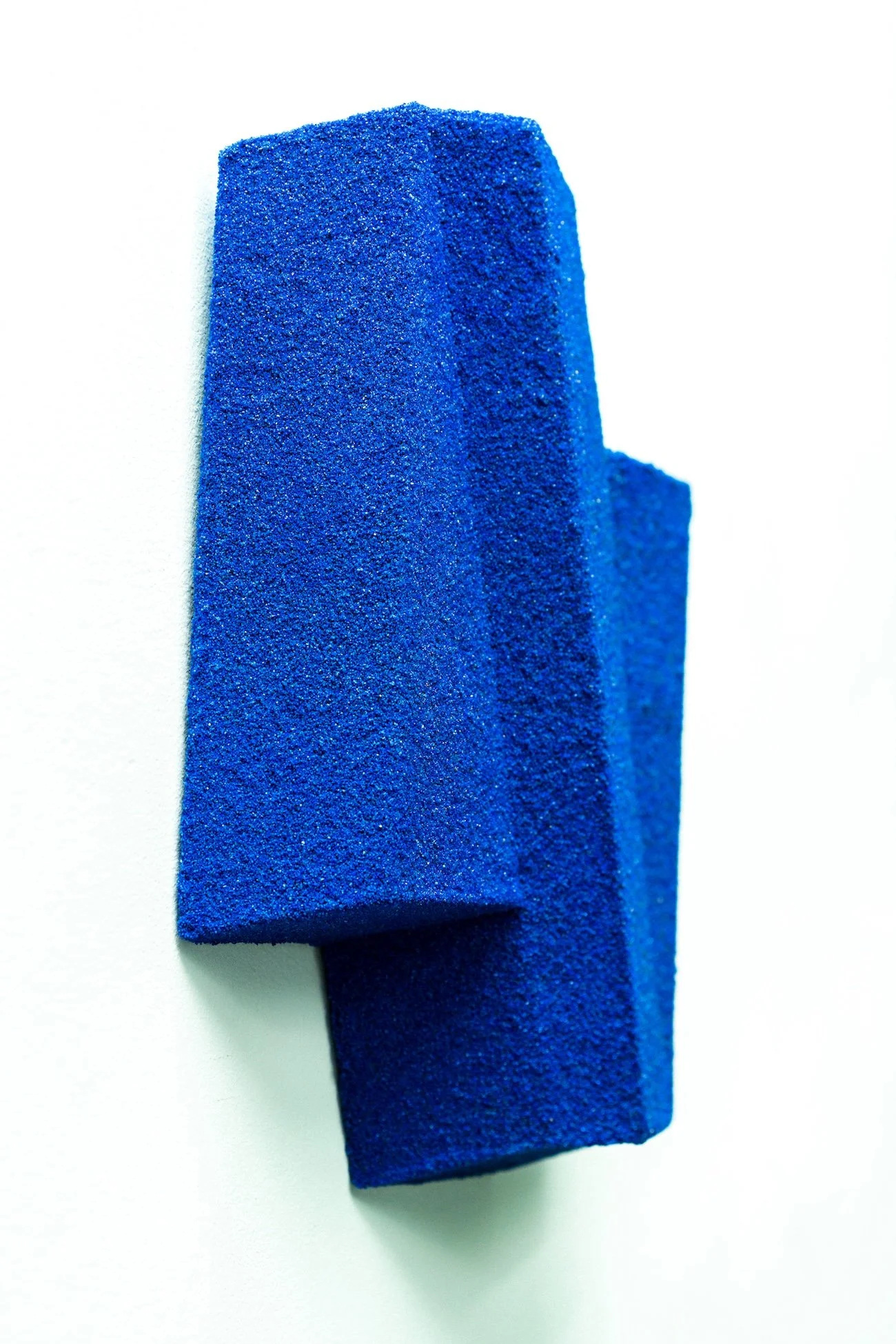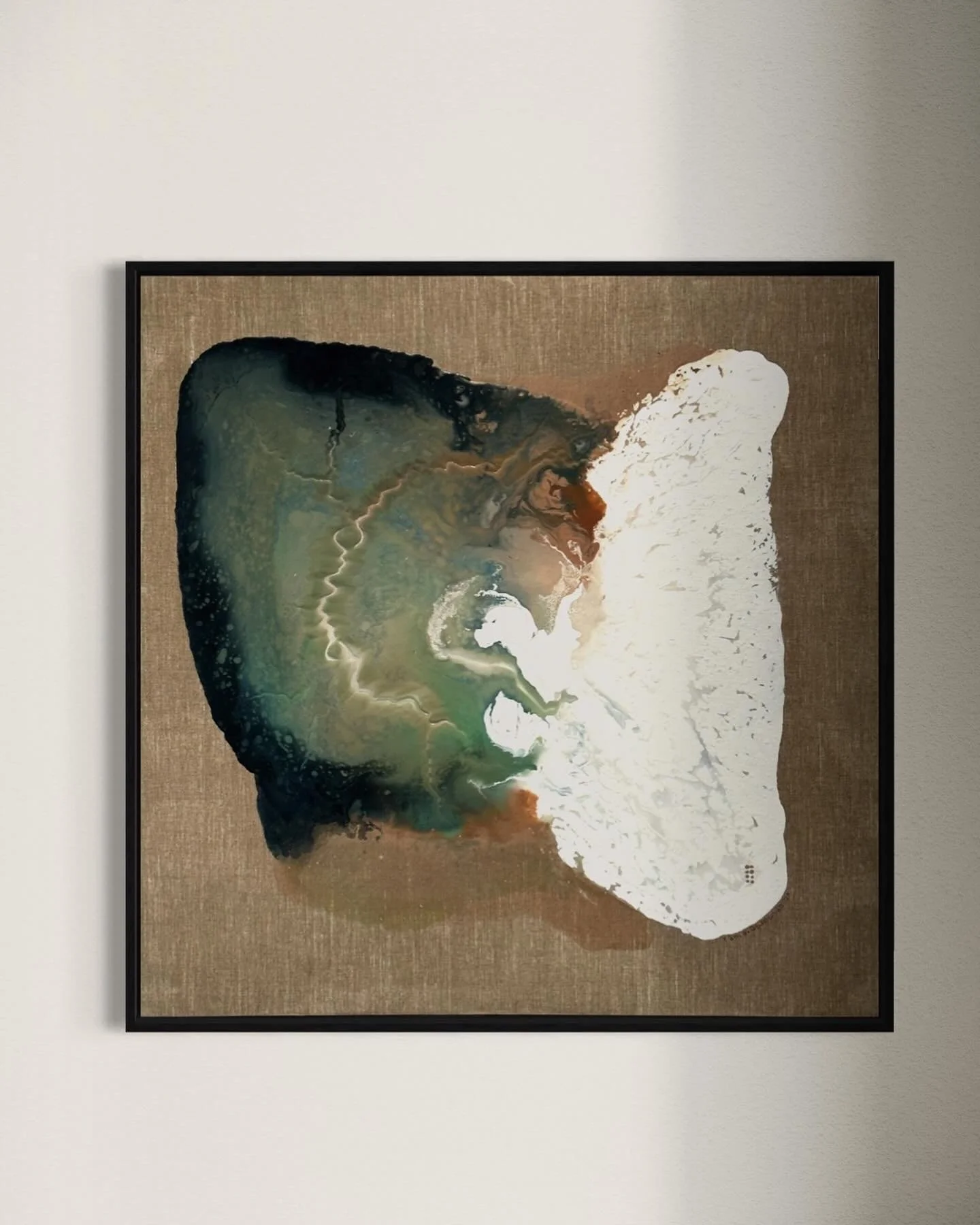What have been some of the biggest challenges you’ve faced in your artistic career, and what do you consider your most rewarding achievement so far?
As a multiple -time immigrant, I've had to rebuild my life from the ground up three times in three years. The art markets in Russia, Spain, and the UK are vastly different from one another. Starting both personal and professional life from scratch , knocking on every door, is incredibly challenging. But as they say, what doesn't kill us makes us stronger. It's crucial to have faith in yourself, your family, your talent, set goals, and strive towards them! In a few months, I'll be participating in an exhibition in Paris! It was my dream to return to this city, which holds so much significance for me, in a new and authentic - as an artist. My advice to all creatives in emigration - don't stop! Work, promote yourself, showcase your work, and keep moving forward!




















